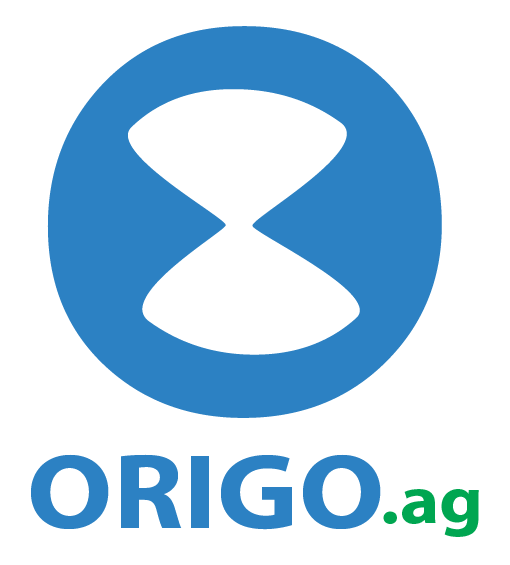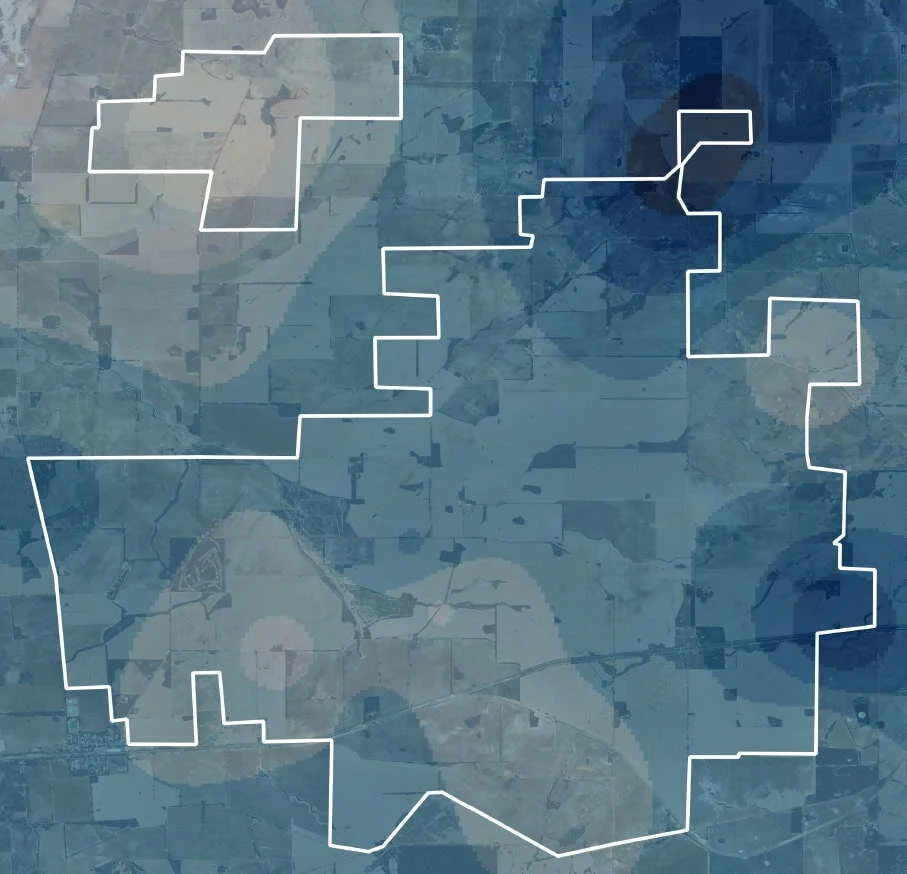Origo.ag Guide
Broadacre Farming & Mixed (Grains and Livestock)
This is a simple step-by-step buyer’s guide to providing value for your farming system. As this is just an introduction, please get in touch with us at info@origo.ag or call us on 1 800 577 399 to discuss your requirements and get in touch with our Local Industry Partner.
There are two connectivity options: 1) The Origo.ag M1 option, Utilising a Telco IoT network, which includes a SIM data plan for each device: or 2) The Origo.ag DM Option, your own private Origo.ag Digimesh, meshing network. The Origo.ag DM requires an Origo XGW Gateway at a central point with Internet access, for instance, at your farm office. We are also launching a Satellite connectivity option.
All connectivity options can be mixed and matched depending on your requirements.
Detailed Weather Conditions - Variation across farms - Data relevant to farming systems
Look at the shape and size of farm management units. To fully monitor local conditions, consider hills and valleys that influence local climate conditions. Draw a grid over your farm management units with 5-10 km sized cells, larger cells in an open landscape. Generally, one weather station in each cross-section of the grid will provide information about variations that can be used, e.g. prescriptions, sowing and harvest. With smaller farms, it is recommended to cooperate with neighbours to create the grid.
Prioritise what you want to see for your farming system, such as
Rainfall on all points
Wind varies not as much in an open landscape and may be relevant only in a few points.
Inversion and frost in valleys
DeltaT for spray conditions
Establishing management zones with relatively similar soil conditions is essential to use soil moisture probes appropriately. Rainfall variability is required before soil moisture is used, as this is the primary factor in soil moisture. Soil moisture is an indication of plant water usage and resulting changes throughout the season.
Resource Monitoring
Prioritise your objectives, such as liquid fertiliser, fuel and water. Generally, the assets furthest away from central operation points involve more cost than the ones in the farm yard.
Secondly, decide if storage bins should be monitored and automated for aeration, temperature, and moisture monitoring. Location, volume, and the planned storage period are essential factors.
Remote Control and Automation
Resources such as scheme water and systems such as desalination plants can be automated and remotely controlled using Origo technology.
Identify your critical objectives and the actions you want for these; examples are:
Alert for mains water leak and ability to remotely shut off the mains water supply.
Automation and remote control of pumps.
Automation and remote control of aeration of bins.





